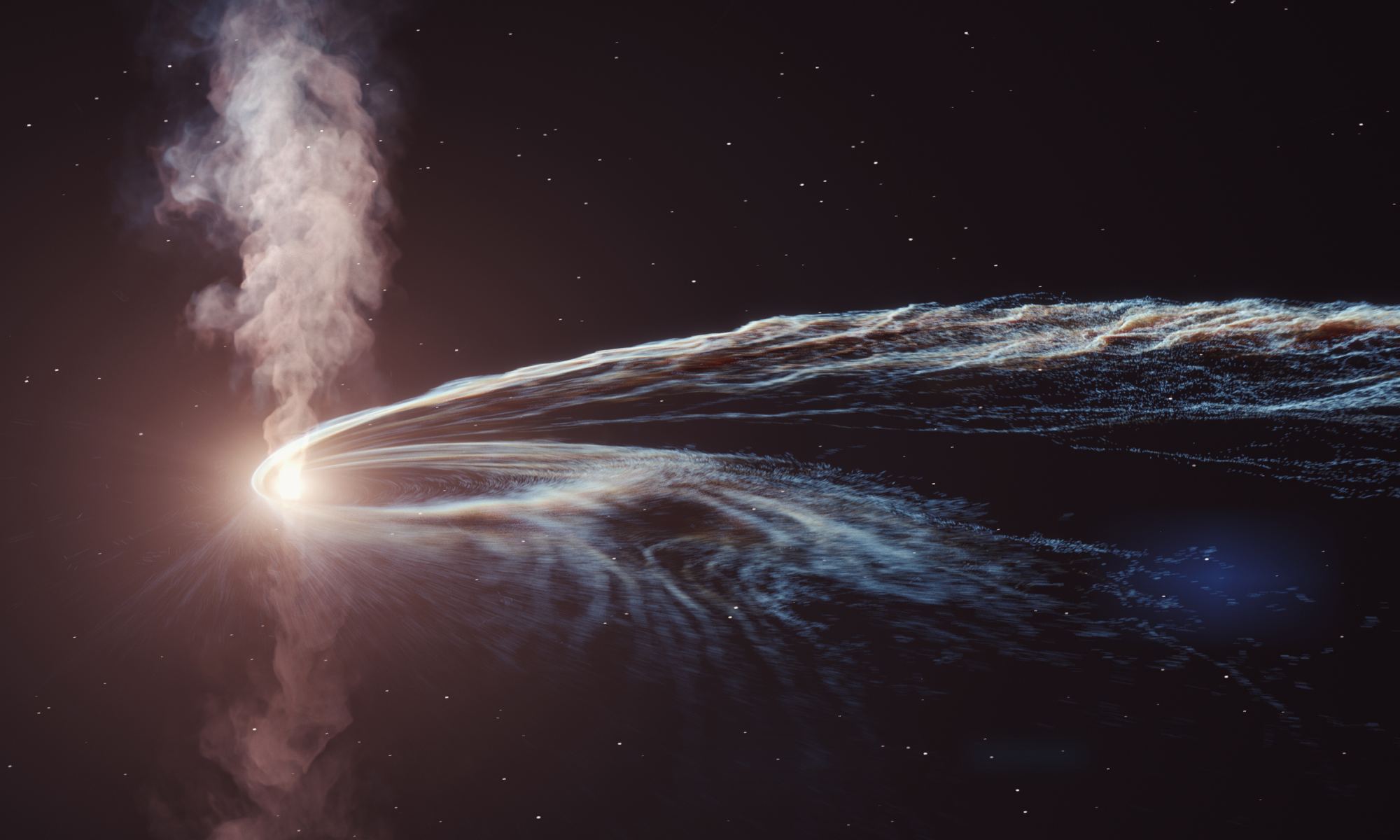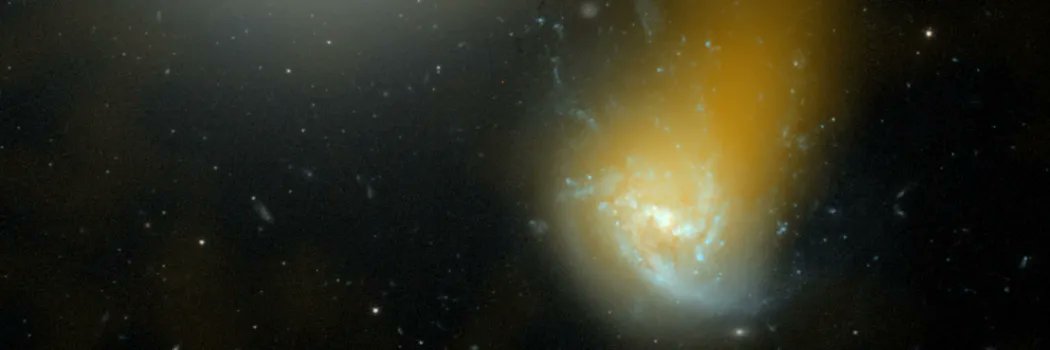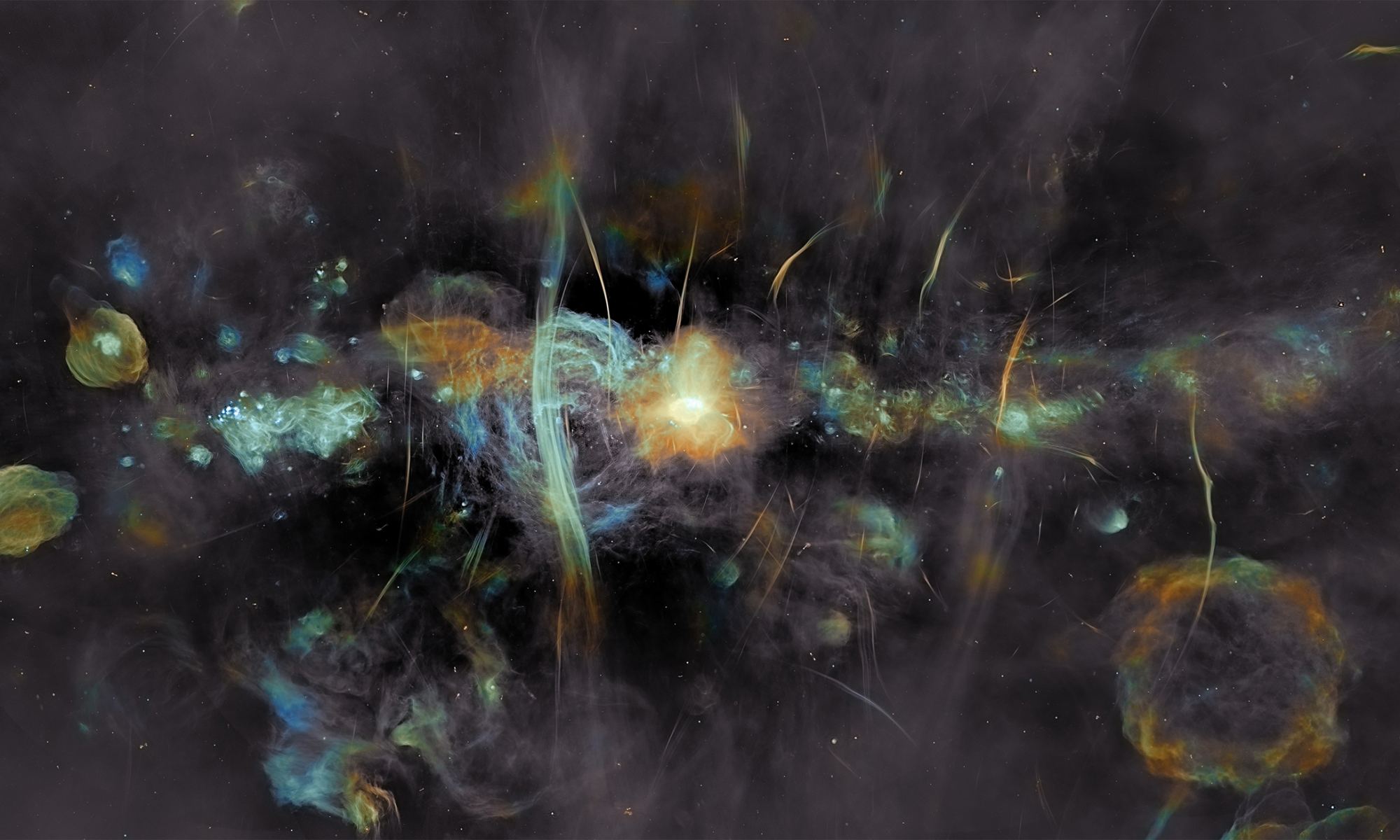Even from beyond the grave, Arecibo is still contributing to new discoveries. Back in October, researchers released a “treasure trove of data” from what was then the world’s most powerful radio telescope on the radar signatures of near-Earth asteroids (NEAs). Not only will these observations help defend the planet if any of those asteroids happen to be hazardous, but they can also help the burgeoning asteroid mining industry scan for targets.
Continue reading “Arecibo Studied 191 Asteroids That Flew Past the Earth. All the Data are Available in a new Paper”Just Four Robots Could Deploy a Huge Radio Telescope on the Far Side of the Moon
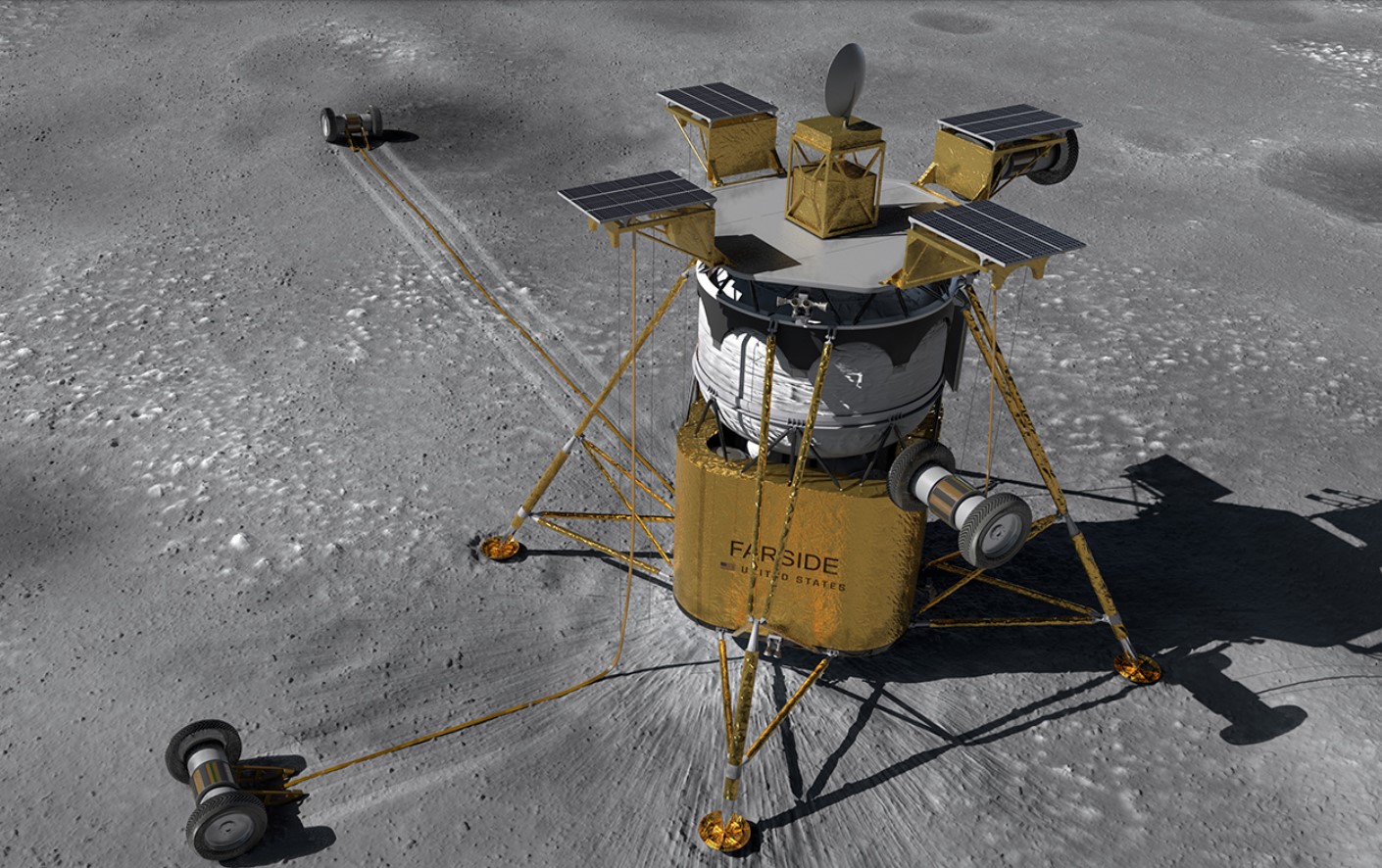
For decades, astronomers have advocated building radio telescopes on the far side of the Moon. This “radio-quiet” zone always faces away from Earth and would provide the perfect location to study a variety of astronomical phenomena that can’t be observed in low radio frequencies from our planet, or even by Earth-orbiting space telescopes. But the costs and logistics of such a project have pushed most of these concepts to the realm of futuristic dreams.
But now a group of astronomers and engineers have worked out a concept for a radio telescope placed on the lunar far side that could be as large as 100 square kilometers across, and it could be deployed from a robotic lunar lander and four two-wheeled rovers.
Continue reading “Just Four Robots Could Deploy a Huge Radio Telescope on the Far Side of the Moon”A Black Hole Burps out Material, Years After Feasting on a Star
Originally predicted by Einstein’s Theory of General Relativity, black holes are the most extreme object in the known Universe. These objects form when stars reach the end of their life cycle, blow off their outer layers, and are so gravitationally powerful that nothing (not even light) can escape their surfaces. They are also of interest because they allow astronomers to observe the laws of physics under the most extreme conditions. Periodically, these gravitational behemoths will devoir stars and other objects in their vicinity, releasing tremendous amounts of light and radiation.
In October 2018, astronomers witnessed one such event when observing a black hole in a galaxy located 665 million light-years from Earth. While astronomers have witnessed events like this before, another team from the Harvard & Smithsonian Center for Astrophysics noticed something unprecedented when they examined the same black hole three years later. As they explained in a recent study, the black hole was shining very brightly because it was ejecting (or “burping”) leftover material from the star at half the speed of light. Their findings could provide new clues about how black holes feed and grow over time.
Continue reading “A Black Hole Burps out Material, Years After Feasting on a Star”One Exciting way to Find Planets: Detect the Signals From Their Magnetospheres
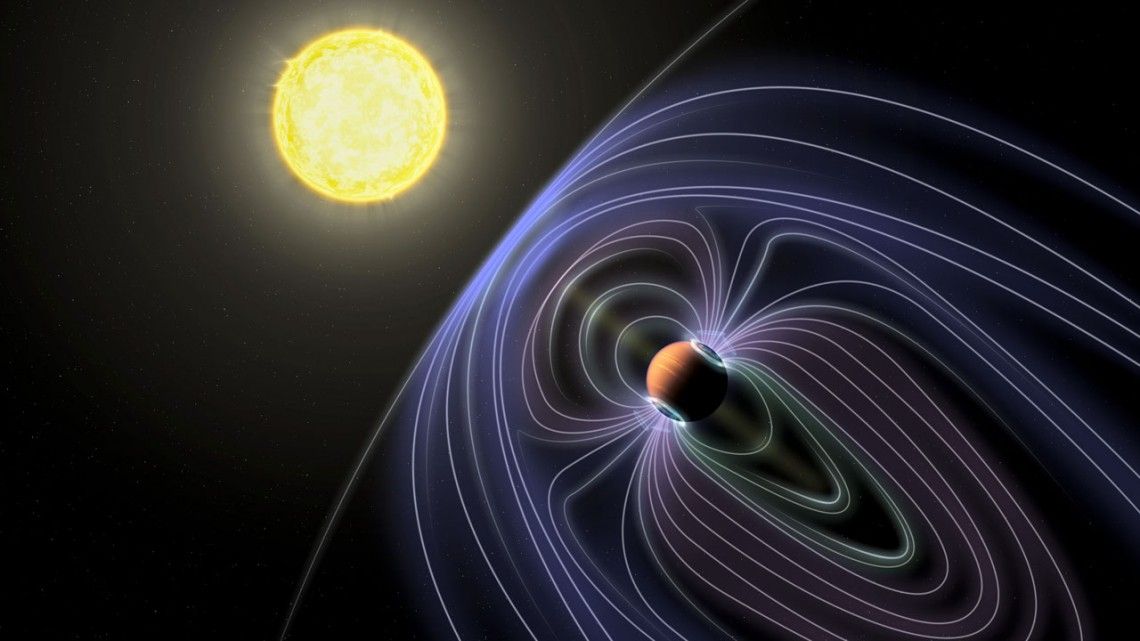
We have discovered thousands of exoplanets in recent years. Most have them have been discovered by the transit method, where an optical telescope measures the brightness of a star over time. If the star dips very slightly in brightness, it could indicate that a planet has passed in front of it, blocking some of the light. The transit method is a powerful tool, but it has limitations. Not the least of which is that the planet must pass between us and its star for us to detect it. The transit method also relies on optical telescopes. But a new method could allow astronomers to detect exoplanets using radio telescopes.
Continue reading “One Exciting way to Find Planets: Detect the Signals From Their Magnetospheres”Snooping on Alien Messages Passing Through the Solar System
Researchers at Penn State University have studied a new technique that could use a star’s ability to focus and magnify communications which could be passing through our own solar system, and has been accepted for publication in The Astronomical Journal and was part of a graduate course at Penn State covering the Search for Extraterrestrial Intelligence (SETI. The study describes our Sun as potentially acting as a kind of node as part of an interstellar communication network involving probes or relays near our Sun, acting like cellular telephone towers in space.
Continue reading “Snooping on Alien Messages Passing Through the Solar System”Comprehensive Sky Survey Finds Over a Million New Objects
In perfect viewing conditions, with good eyesight and clear, dark skies, the average person can see between 2,500 and 5,000 stars in the night sky. Add a telescope to the mix, and the number of visible objects in the sky explodes exponentially. For example, in 1995, the Hubble Space Telescope famously pointed its mirrors at a tiny piece of empty space – about 1/12th the size of the Moon – and revealed three thousand new objects crammed into that little area, most of them distant galaxies, offering a glimpse of the past stretching back to the early Universe. The astounding implication of the Hubble Deep Field image was that there are still billions of objects out there yet unseen by human eyes (or telescopes). Since then, the process of surveying deep space has been a massive ongoing undertaking, using all the tools available to us, from visible light telescopes like Hubble to infrared and radio telescopes. In a new data dump last week, a major radio sky survey, LOFAR, has revealed over a million new, never before seen objects in the night sky.
Continue reading “Comprehensive Sky Survey Finds Over a Million New Objects”Astronomers Detect the Closest Fast Radio Burst Ever Seen
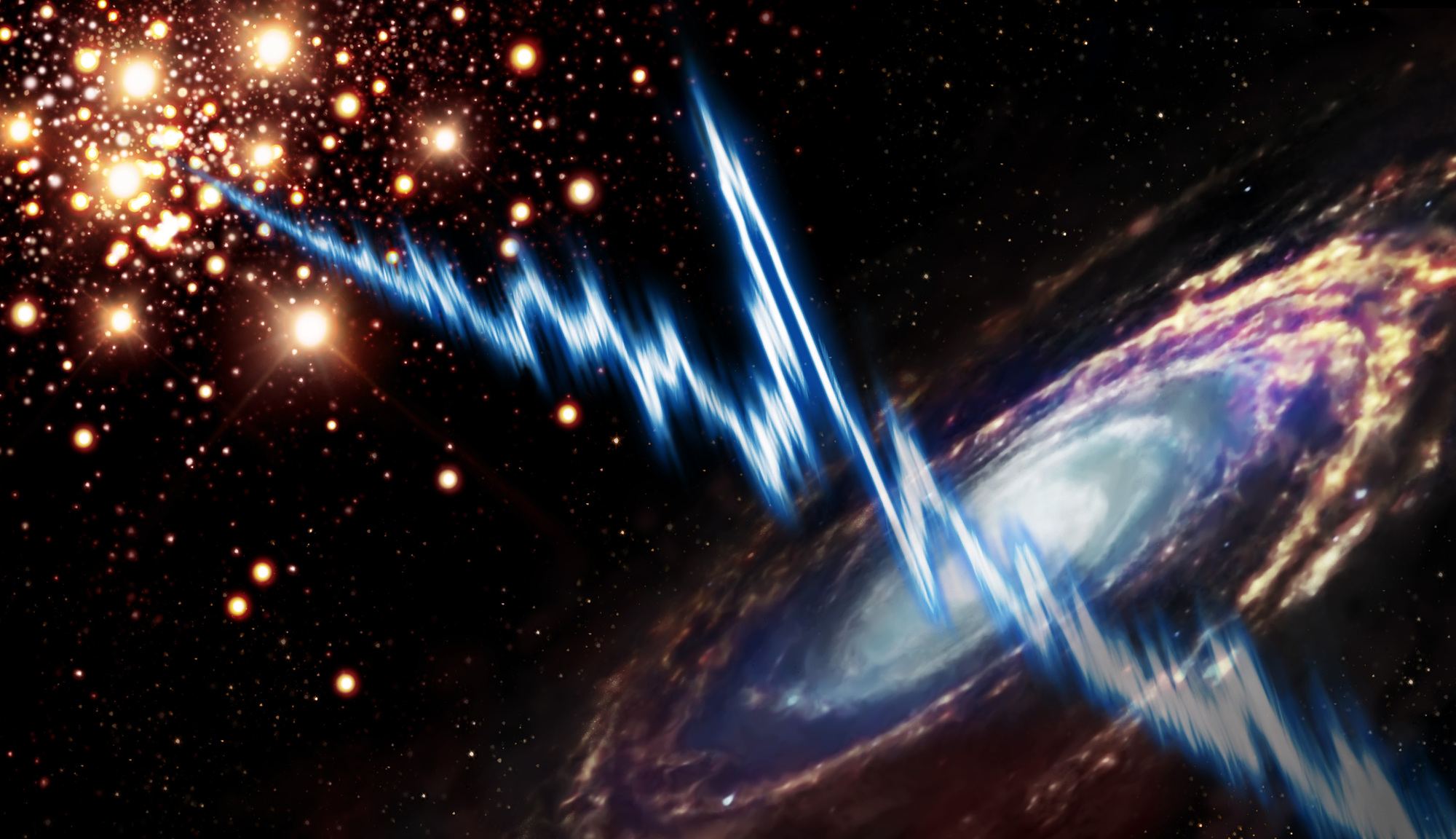
Fast Radio Bursts (FRBs) are among the top mysteries facing astronomers today. First discovered in 2007 (the famous “Lorimer Burst“), these energetic events consist of huge bursts of radio waves that typically last mere milliseconds. While most events observed to date have been one-off events, astronomers have detected a few FRBs that were repeating in nature. The cause of these bursts remains unknown, with theories ranging from rotating neutron stars and magnetars to extraterrestrials!
Since the first event was detected fifteen years ago, improvements in our instruments and dedicated arrays have led to many more detections! In another milestone, an international team of astronomers recently made high-precision measurements of a repeating FRB located in the spiral galaxy Messier 81 (M81)- the closest FRB observed to date. The team’s findings have helped resolve some questions about this mysterious phenomenon while raising others.
Continue reading “Astronomers Detect the Closest Fast Radio Burst Ever Seen”Imaging the Galaxy’s Centre in Unprecedented Detail Reveals More Mysterious Filaments
The inner 600 light years of our galaxy is a maelstrom of cosmic radiation, turbulent swirling gas clouds, intense star formation, supernovae, huge bubbles of radio energy, and of course a giant supermassive black hole. This bustling downtown of the Milky Way is a potential treasure trove of discovery but has been difficult to study as the galaxy’s central regions are obscured by dust and glaring radiation. But a new image of this region with unprecedented detail reveals more than we’ve ever seen before. We find some familiar objects like supernovae but also some mysterious structures – gaseous filaments dozens of light years long channeling electrons at near light speed.
Behold, the galaxy’s centre as never seen before:

A Supercomputer Gives Better Focus to Blurry Radio Images
With better computers comes more battery imagery. Or at least that’s true most of the time. Supercomputers are extraordinarily good at image processing, so it’s normally worth it when a new algorithm comes along that they can turn their attention to. That’s exactly what happened with an algorithm recently developed by Ph.D. student Frits Sweijen and his colleagues at Leiden University. They used several supercomputers’ image processing power to simulate and enhance the resolution of radio images captured by the International LOFAR telescope.
Continue reading “A Supercomputer Gives Better Focus to Blurry Radio Images”Astronomers Discover a Mysterious Star That Flashes Every 20 Minutes. But What is it?
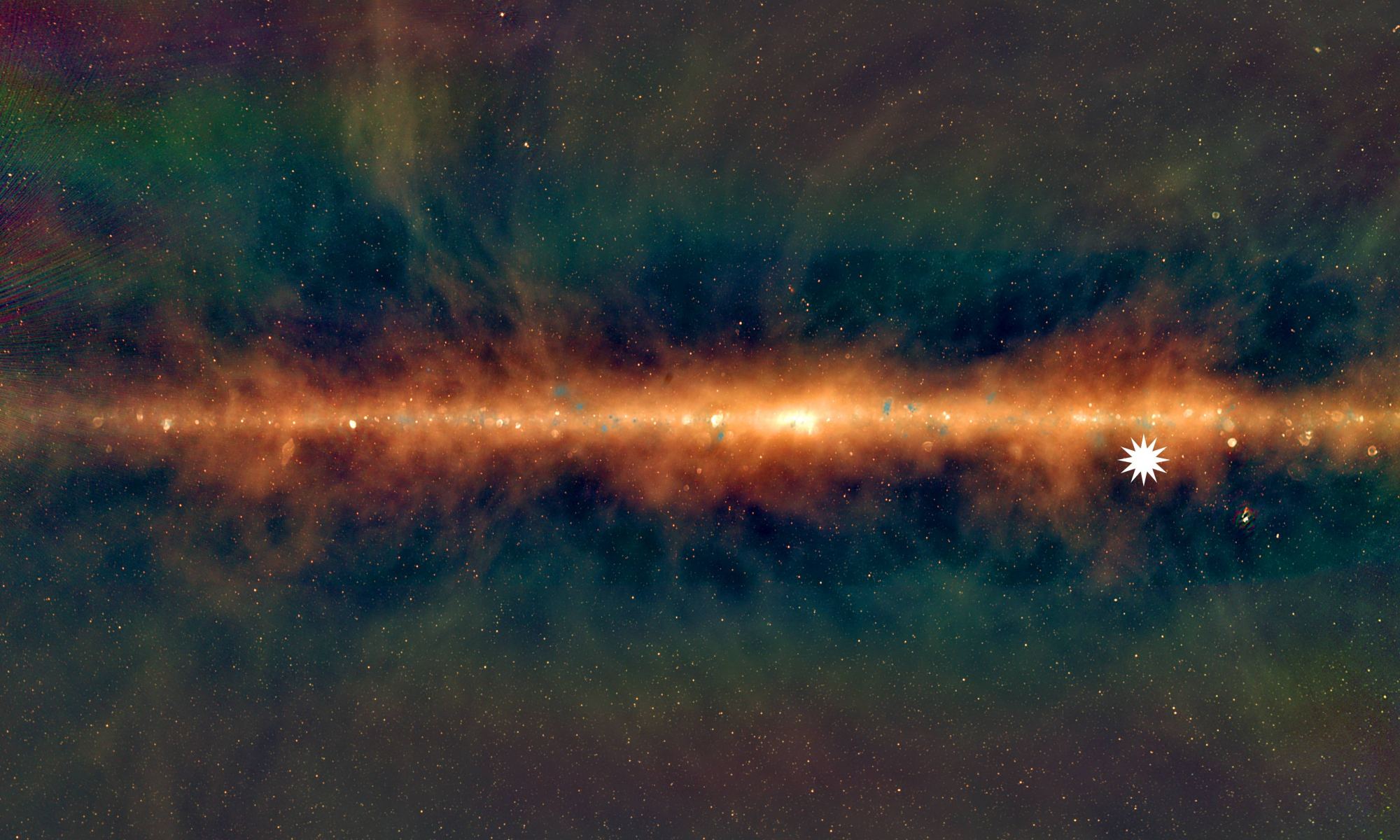
Just 4,000 light-years from Earth is a strange, star-sized object. It’s been observed by radio telescopes, but astronomers aren’t sure what it is. They call it a long period transient.
Continue reading “Astronomers Discover a Mysterious Star That Flashes Every 20 Minutes. But What is it?”

